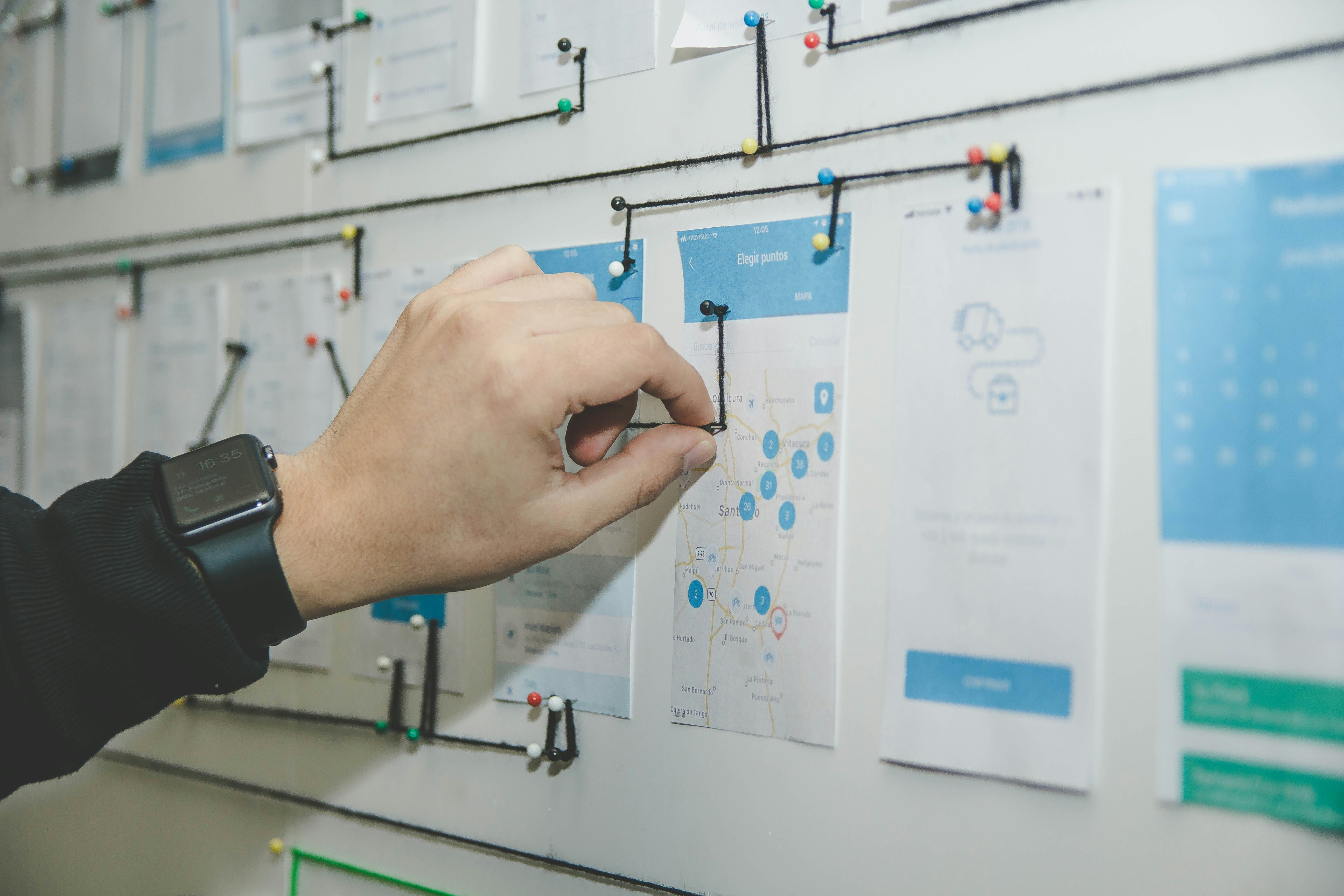How funnels can help you have tough conversations
 By
Becky Madden
·
2 minute read
By
Becky Madden
·
2 minute read
Ever asked to experiment with an idea you’ve had and been requested to show a business case for it?
Or your agency has come to you with three options and you want to sense-check which would likely produce the highest ROI?
Or, you and your team or peers have a laundry list of ideas but only budget to execute a couple of them, and you want to know which ideas you should choose?
Much like the old iPhone ads: There’s a funnel for that.
I’m a sucker for a funnel. Whenever I start a new role it’s one of the first things I tackle. They pay dividends.
I usually have a sales funnel and if there’s been brand tracking, a brand funnel too.
A good funnel should attempt to take impressions or other opportunities to see down to Return on Ad Spend, or even better ROI, or top of mind awareness down to # customers.
Each step down in the funnel uses real company data to estimate average Click Through Rates, Onsite or In-app Conversion Rates, followed by the sales journey i.e. contact rate, conversion to deal won etc.
Think about your customer journey, right from first seeing an ad, post or attending an event, through the steps they would need to take to get in front of the sales team, and then the steps the sales team need to go through to win the customer. These steps become layers in your funnel. The more accurately it reflects your customer journey, the more accurate the estimates of ROAS or ROI will be.
It can be a time investment to build funnels, however you’ll learn the intimate detail of your customer journey and internal processes along the way, plus you’ll have a super handy calculator of sorts to impress your leader or team with.
So next time you want to try a thing and your leader says, show me the business case, you can add your top-level data (e.g. impressions) into the top layer of your funnel and see how many deals won that might equate to. Take your average sale value and now you’ll have a revenue number to calculate ROAS or ROI from.
Or if you need to compare different potential tactics against each other, pop them all into a funnel and compare the revenue, ROAS and ROI outcomes while also considering the amount of budget, effort and resource required for each. Which tactics fare best in this comparison?
You may need to adapt the assumptions in your funnel for different tactics, for example the customer journey steps will differ for events or offline purchases, or the sales side may not exist for online purchases.
The other great thing about funnels is that once you’ve implemented the tactic, you can check back and see how it’s actually performing vs the assumptions in the funnel. The CTR might be lower than you expected or the sales conversation much easier, impacting the actual ROAS/ROI. These are all helpful insights you can use to optimise creative, budgets and sales scripts with. If you realise the creative is resonating, think about which other channels or tactics you can apply that learning to.
While working with funnels and comparing or estimating tactics, always think through the lens of your business objective to ensure you’re selecting the right tactics with the right outcomes to prove marketing effectiveness towards business goals.
Funnels can be your best friend in running effective marketing, answering tough questions from business leaders and helping you make data-led decisions.
If you need support building funnels for your business or marketing plan, reach out!
Subscribe for a monthly blog wrap up
If you or your company needs coaching on marketing strategy to hit business objectives, i'm here to help.
Let's connect to chat about your needs.



